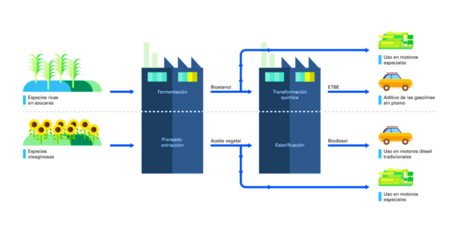
Bioengineering Department
During these years we have focused on the pandemic of COVID-19 and therefore our attention has been directed to health issues, being a great opportunity to talk about issues that may be attacking our health in the most silent and unsuspecting ways.
It is not news that antibiotic resistance is a matter of great concern worldwide. However, the magnitude of this increasingly exceeds the projections that were initially available, having already exceeded by far the projections of cases for 2050 and being only below the COVID-19 and tuberculosis in the ranking of deaths directly associated with infections in 20191.
But how much is known about this issue? How can we solve it? According to OMS2, this is not a purely clinical problem, but it enters into the concept of One Health (One Health), which encompasses interactions between humans, animals and the environment. Indeed, all external pressure shapes evolution and in the case of infectious bacteria it designs its new mechanisms of survival. This is how there are resistant bacteria (dependent on the concentration of antibiotics supplied) and tolerant bacteria (they increase their resilience over time a treatment provided in a non-specific manner). 3
Escherichia coli es una de las “súper bacterias” resistentes a antibióticos. Fuente : https://www.dgcs.unam.mx/boletin/bdboletin/2016_425.html
A key point to treat patients is that the bacterium, over time, does not become increasingly resistant or tolerant, so that the effectiveness of a treatment can be prolonged and the patient does not suffer by looking for more severe alternatives for its cure. In order to investigate the effectiveness of the antibiotic treatment scheme in patients with antibiotic-tolerant bacterial infections, the research group led by Dr. James Collins of the Massachusetts Institute of Health made a publication in Nature on the evolution of tolerant bacteria modeled by the mechanisms of action of antibiotics used.4
Antibiotic-tolerant bacteria are generally characterized by a low metabolic rate so, evolutionarily, they develop avoidance mechanisms to antibiotics that use as a strategy interference in bacterial metabolism for their death, but not so with those whose mechanism of action depends minimally on bacterial metabolism. In addition, it was detected in vitro that a cyclic administration of antibiotics can lengthen the susceptibility of these bacteria, with which the treatment would be effective in a longer period of time benefiting the patient.4
Although we still need to know much more about the resistance mechanisms of antibiotics, what is clear is that adequate medication is key to avoid tolerance or bacterial resistance and that, Both the treating physician and the patient and the community can make a big difference. We can do our part and apply the lessons learned during the COVID-19 pandemic: always wash your hands, and never self-medicate.
References
- Laxminarayan R, Duse A, Wattal C, et al. Antibiotic resistance—the need for global solutions. Lancet Infect Dis 2013; 13: 1057–98.
- Aslam B, Khurshid M, Arshad MI, Muzammil S, Rasool M, et al (2021) Antibiotic Resistance: One Health One World Outlook. Front. Cell. Infect. Microbiol 2021; 11:771510
- Levin-Reisman I, Brauner A, Ronin I, Balaban NQ. Epistasis between antibiotic tolerance, persistence, and resistance mutations. Proc Natl Acad Sci U S A. 2019;116(29):14734-14739.
- Zheng, E.J., Andrews, I.W., Grote, A.T. et al. (2022) Modulating the evolutionary trajectory of tolerance using antibiotics with different metabolic dependencies. Nat Commun 13, 2525




